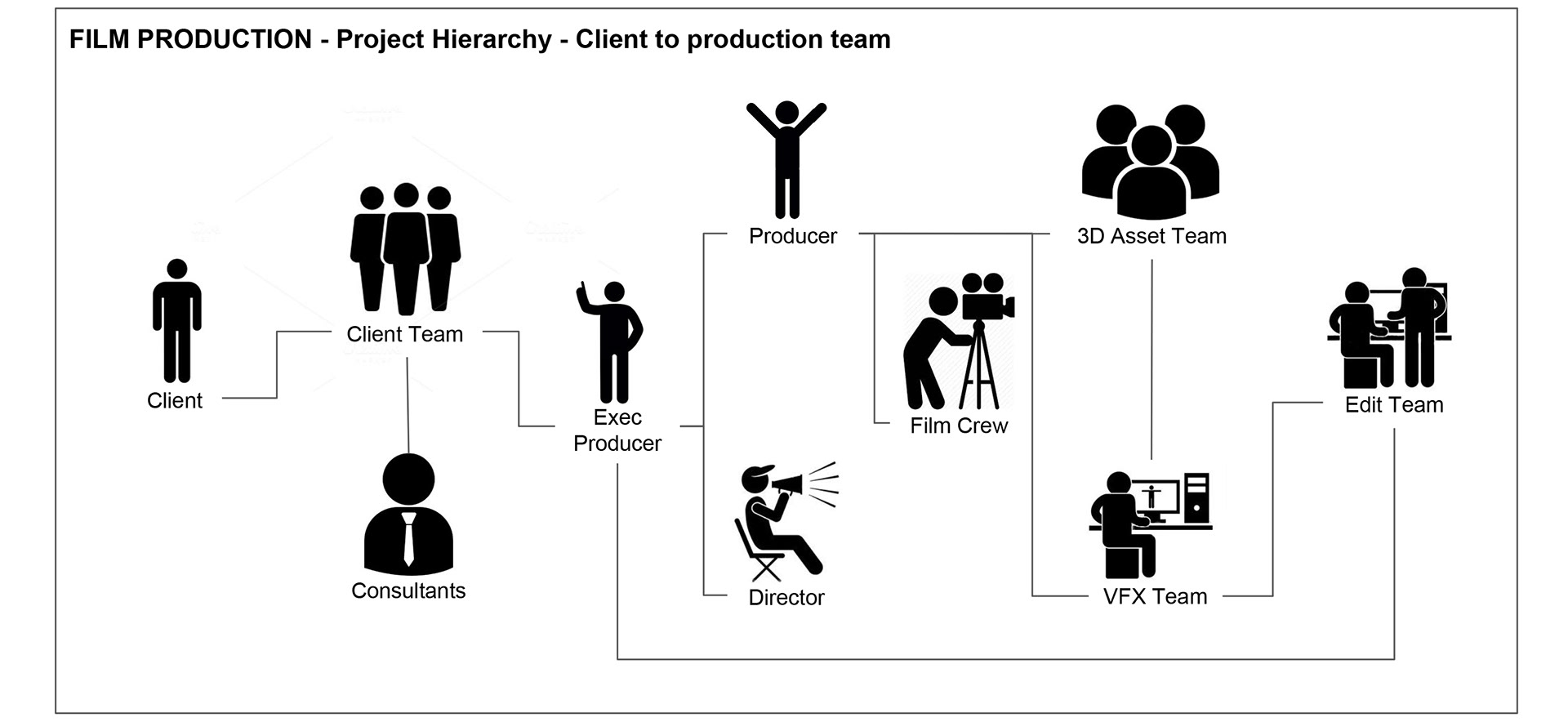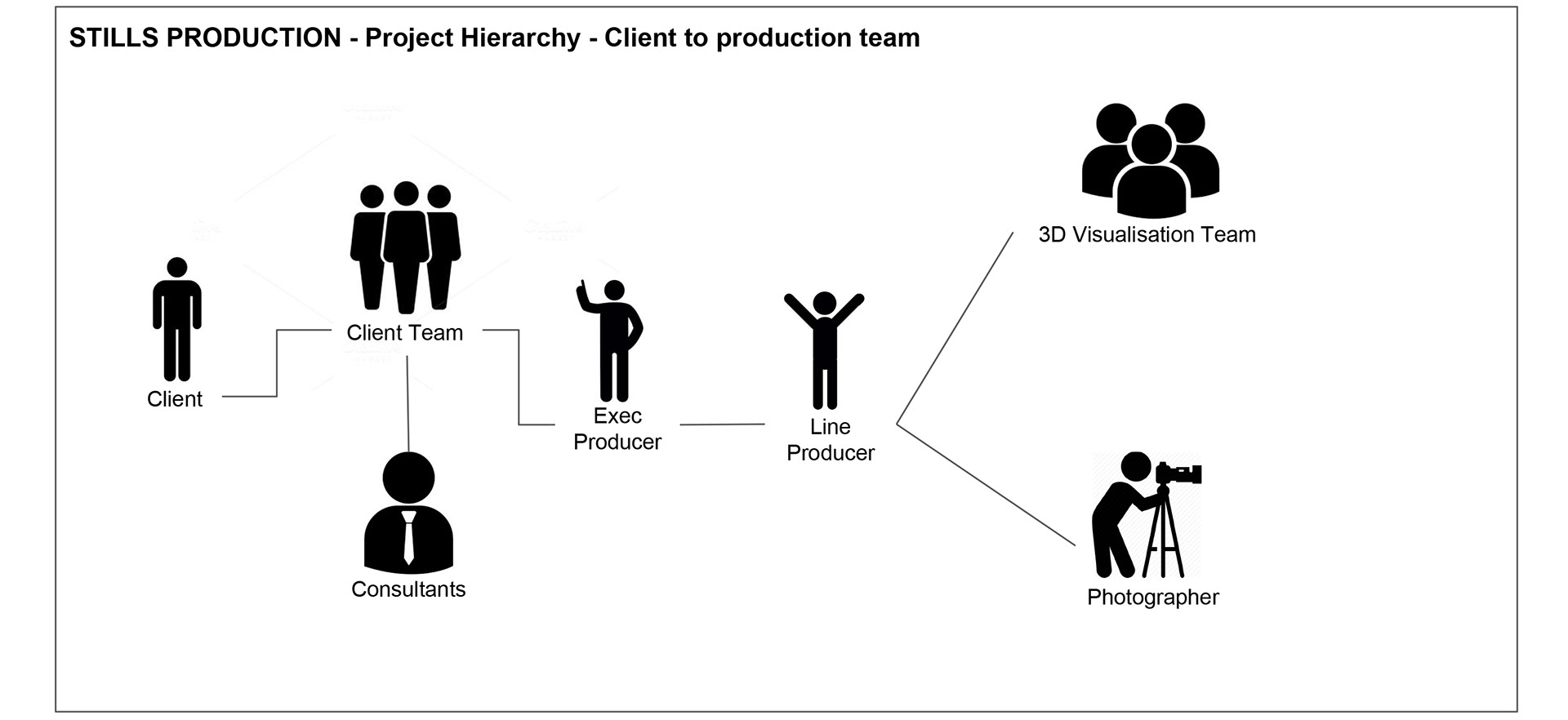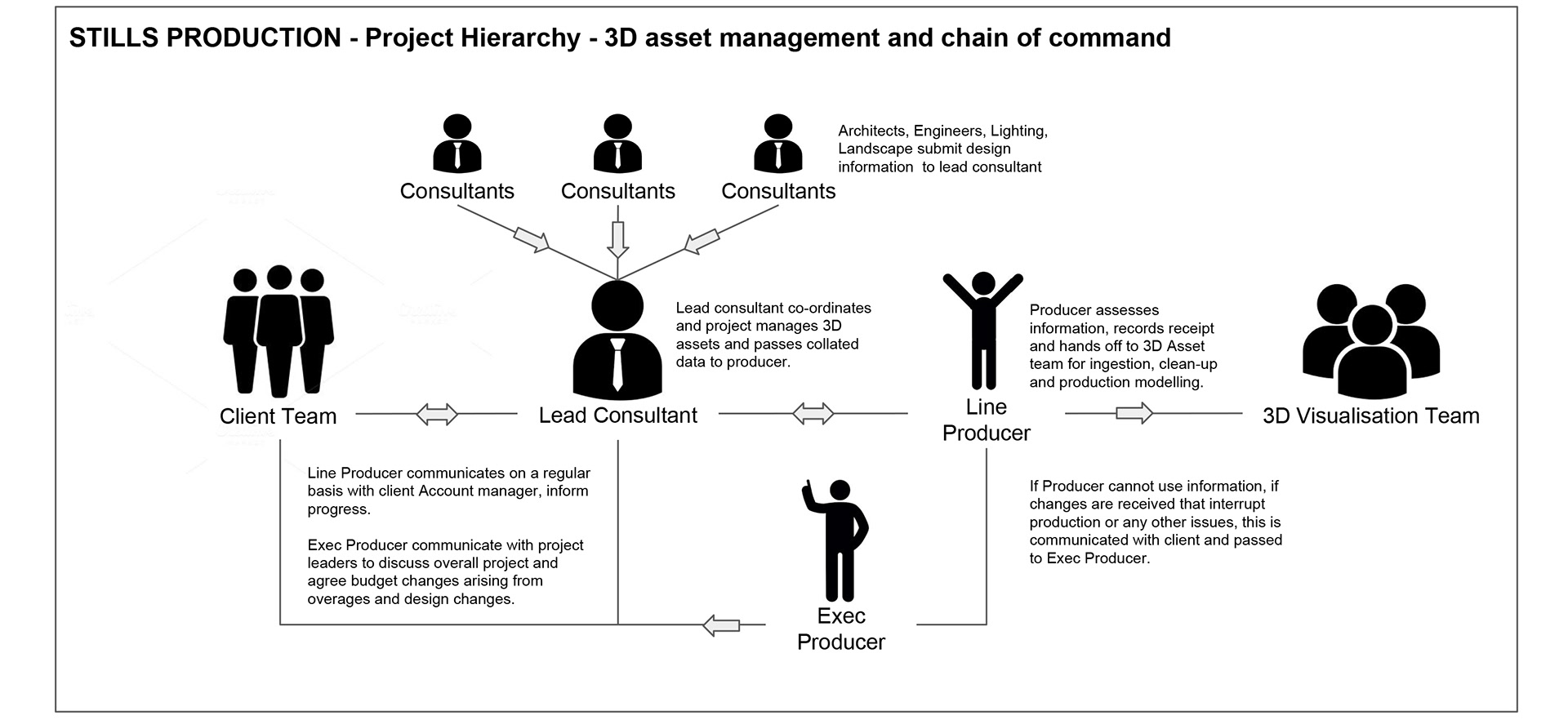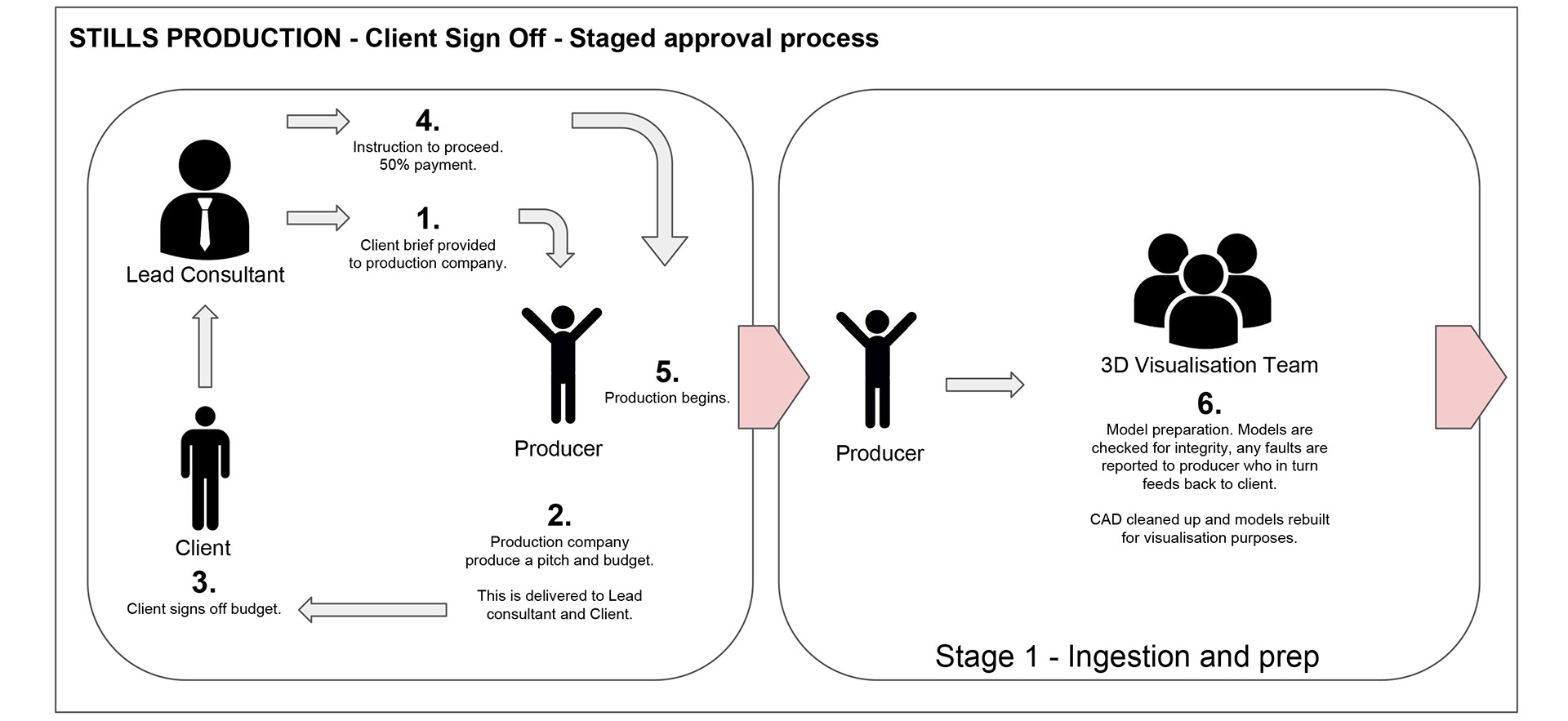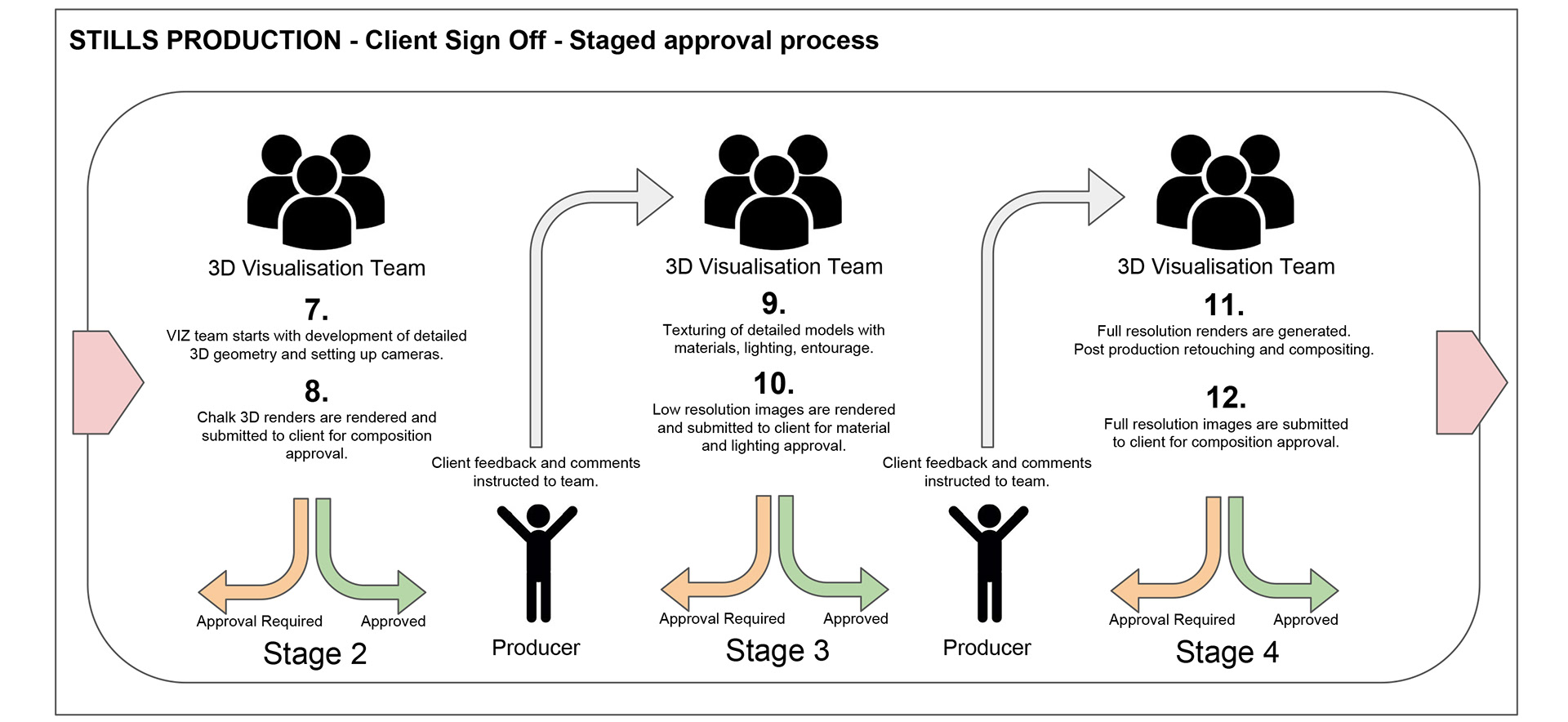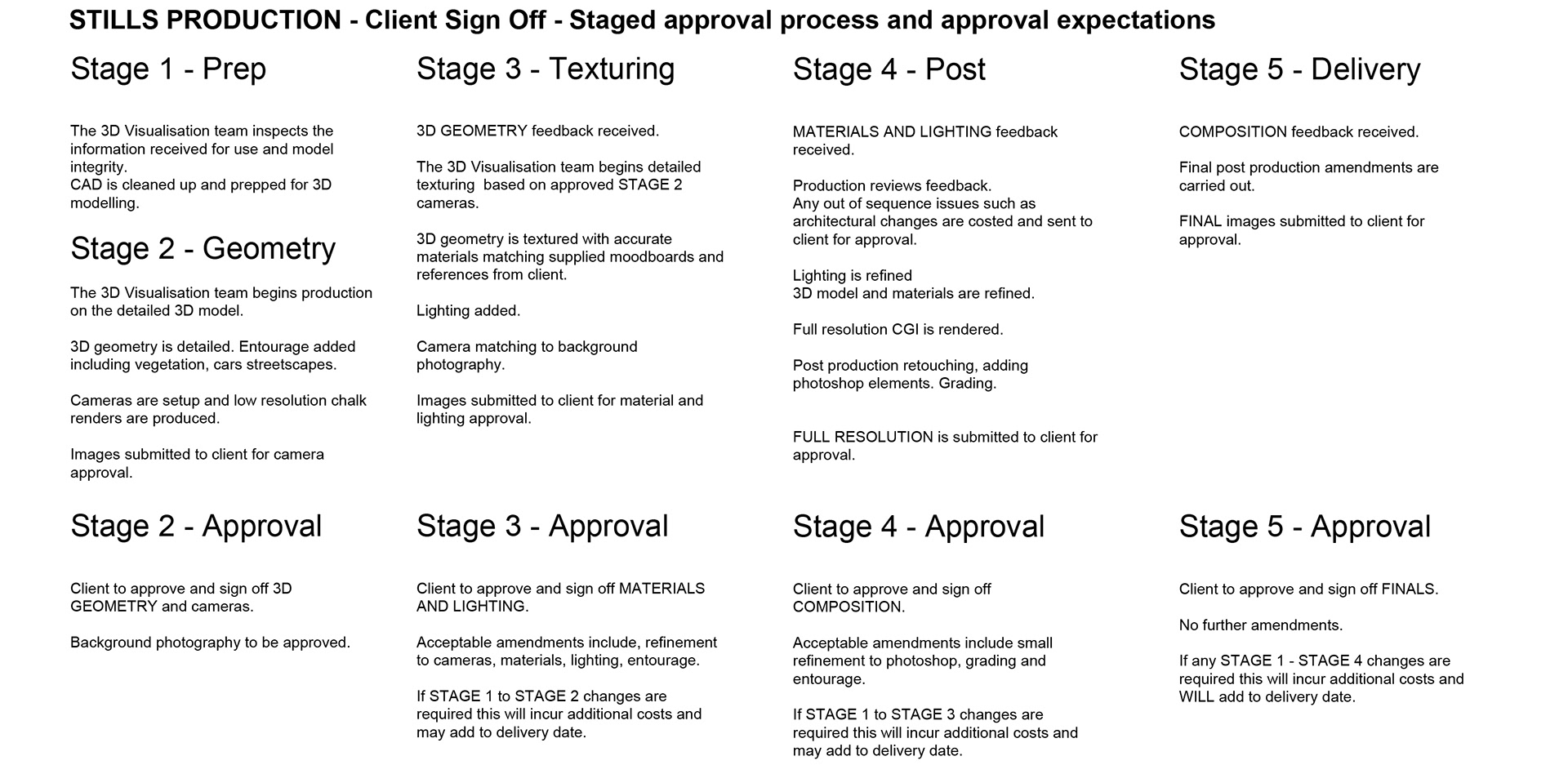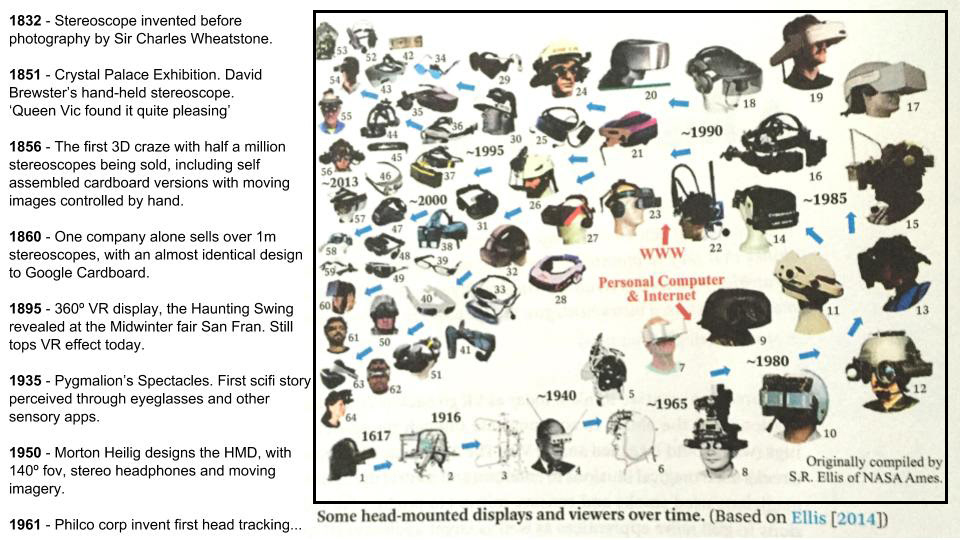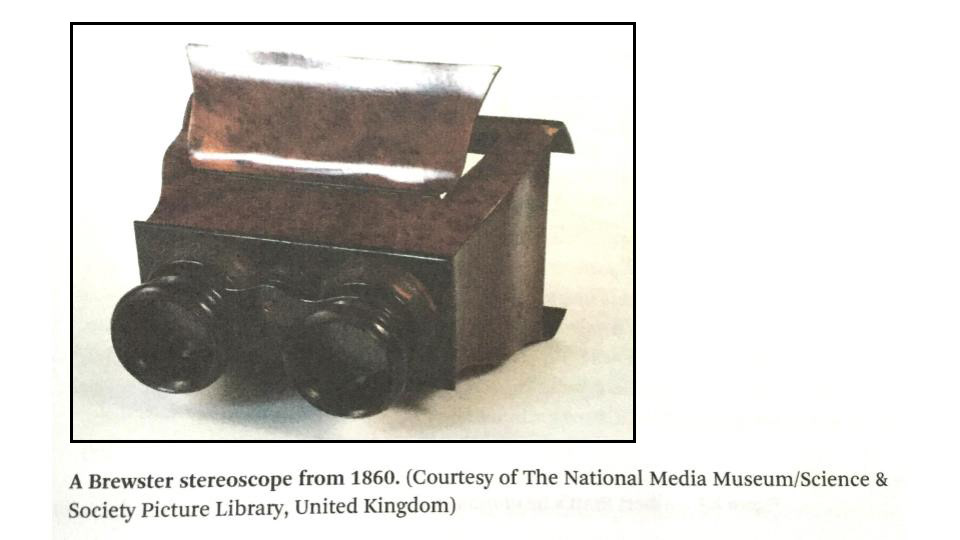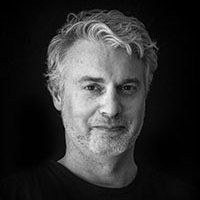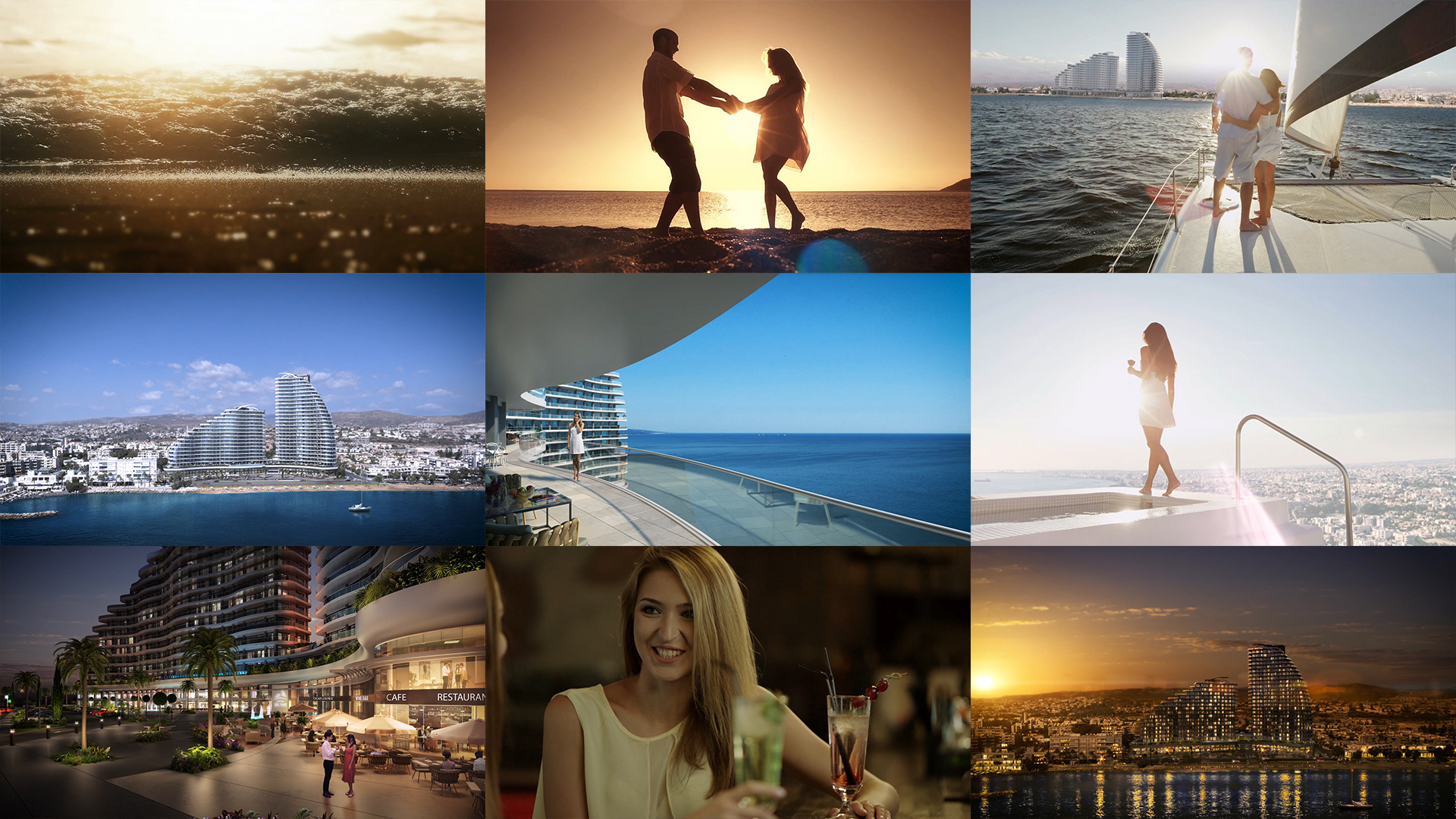
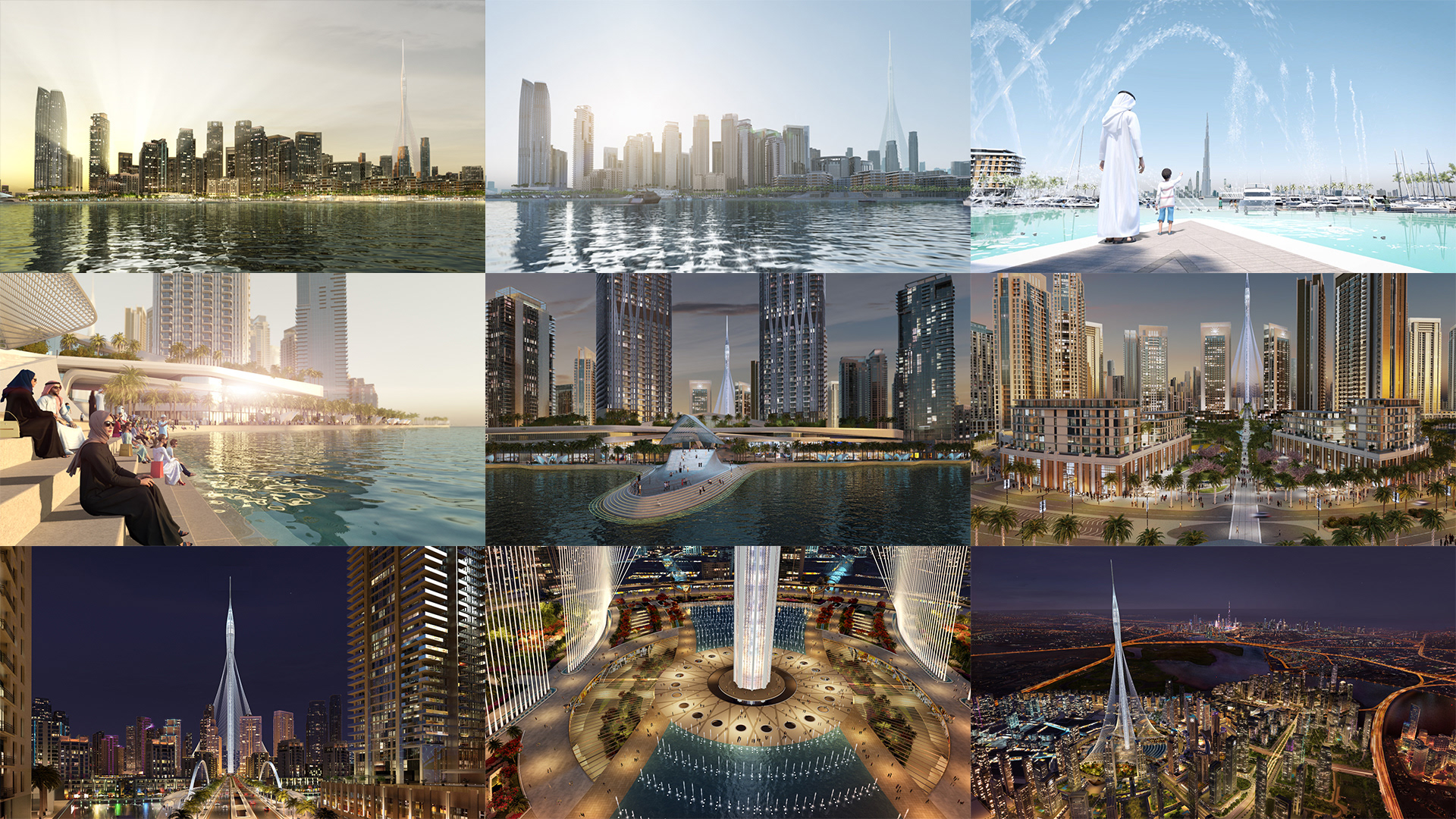


The making of TV series, Bloody Tales of the Tower.
Director, Jeremy Turner. DOP, Jonathan Jones. VFX supervisor, Nigel Hunt. Tom Williams, Sound. Producer, Nacressa Swan. Client National Geographic, True North.
ANIMATIC STORYBOARDING
The use of animatics are widely used across all industries where complex animation is involved. In archviz and digital 3D environments, animatics help clients sign-off the story, allowing the preproduction of shots to begin.
In this example, the overarching story centred around a family living in the near future within Dubai Creek Harbour, Dubai, UAE. The first act, arrival, reveals our cast travelling home from different activities and using alternative transport, such as drone taxis, electric autonomous taxis, and trains. In act two, the family comes together and head out to explore the sites and activities. In the final act, they join the thousands of visitors to witness the nightly spectacular interactive graphics and light show, before finally retiring to their apartment and bedtime. The strap line, 'Just another day, living the dream at Dubai Creek Harbour.'
A behind the scenes look at the Dubai Creek Harbour CGI film
This film demonstrates the complexity of creating CGI films for architecture. It shows how CAD and BIM data supplied by the many architects and consultants have integrity issues such as poor modelling for animation. 3d modellers are required to fix every model received so as to not have costly rendering QA problems at the post production stage.
To overcome and optimise this FIXING workflow, the development team at SiNi Software wrote specialist plugins to fix and repair each model in a fraction of the time it takes to manually do it. This saved a HUGE amount of pain and budget. I cannot recommend using the IgNite plugin enough to ALL archviz artists! www.sinisoftware.com https://youtu.be/grS7d6oRaXY
